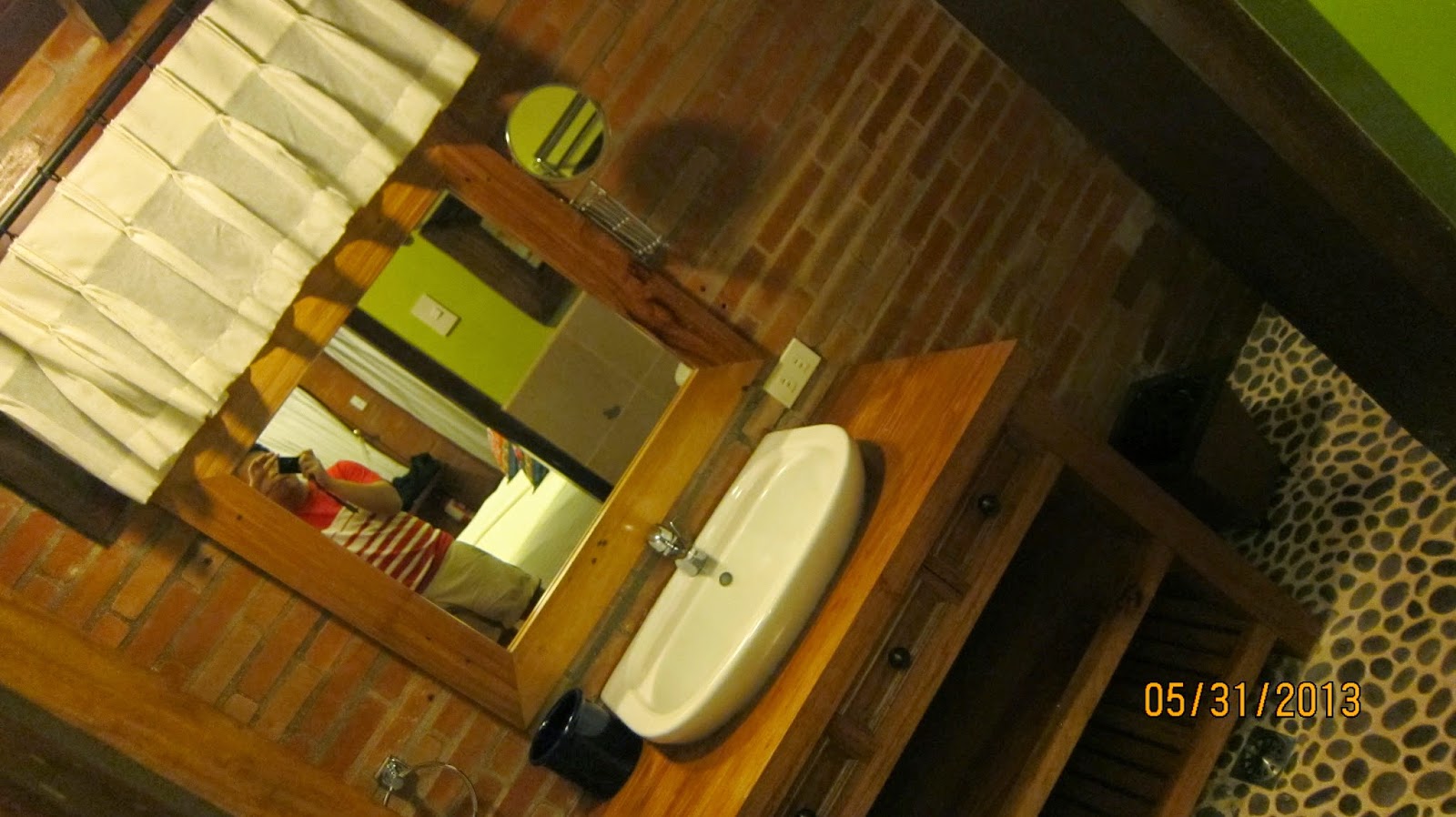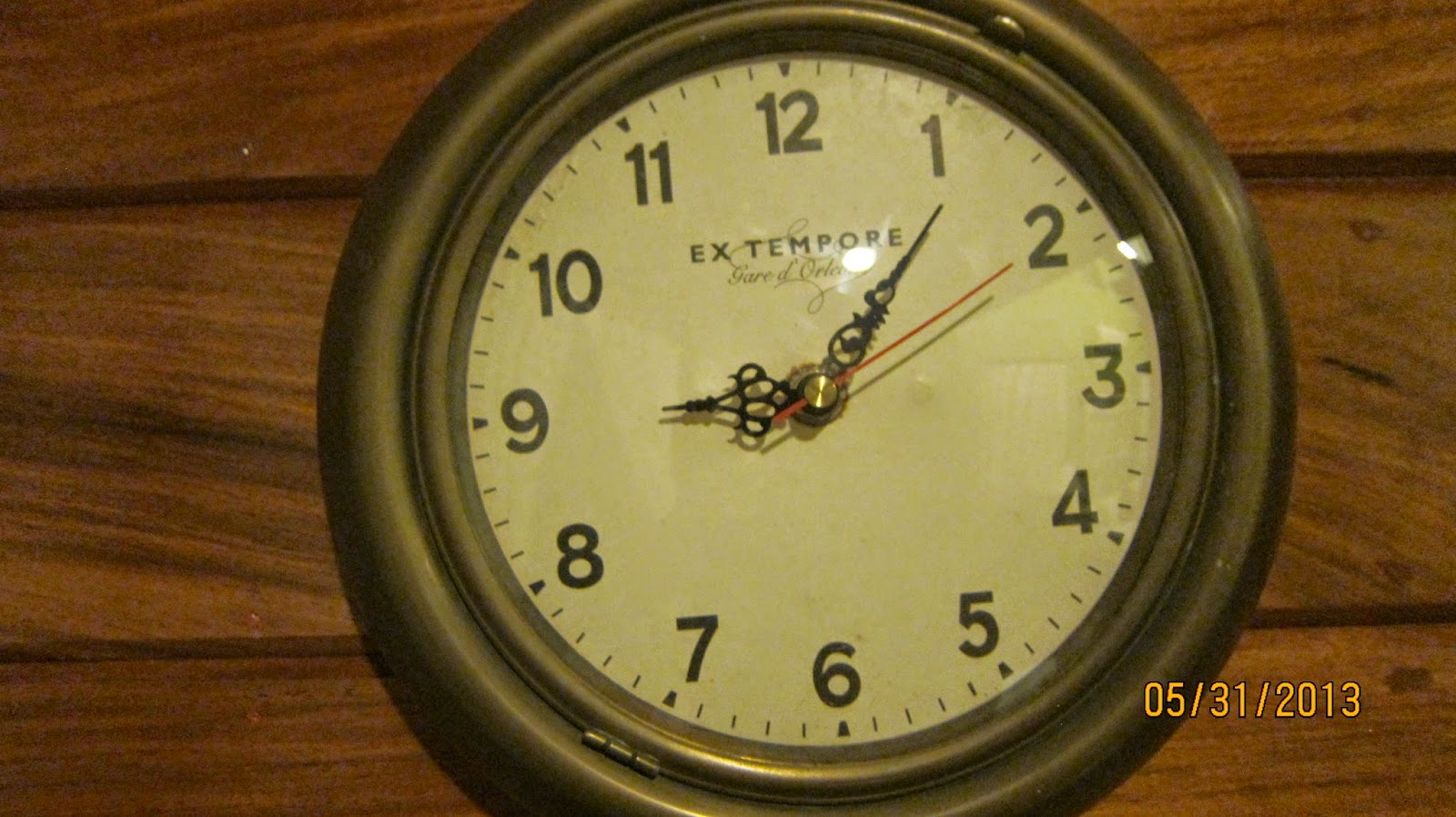Last time I posted about our accommodations at the breathtakingly beautiful Fundacion Pacita. Today I'll feature how the first day of our Batanes tour went. If you plan a similar tour, be sure to wear light clothing and sturdy slipper or tennis shoes, and bring face towel.
We arrived Friday morning in Batanes. Day One of the Tour--covering the northern half of the main island of Batan where the airport and our hotel is located--started at 2 pm. The sun was at its peak and having forgotten to bring sunblock, I gradually took on a darker shade by the time we returned to Manila.
The first stop: the charming Tukon (Mount Carmel) Chapel located in the hotel grounds. This is where Julia Abad got married.
Next stop: the Basco PAGASA station. School textbooks during my time describe Batanes as typhoon-ravaged, but per our guide this is no longer the case. Many times Batanes remains sunny despite being classified under typhoon signal number 3.
We also took time to visit a network of passages which sheltered the Japanese during World War II.
Our next stop was the Valugan Boulder Beach' located east of the island. The beach is not apt for swimming. We returned here on the third day to witness the sun rise.
The artist community is alive and well in Batan. Below is the Yaru Nu Artes Ivatan (Ivatan Cooperative Gallery).
I scored some neat souvenirs here, where I got to meet the artist who made them. She shared with us that Ivatan houses are traditionally painted blue and some have no doors.
Below is one of the many paintings displayed in the gallery. Flying fish is mainstay of Ivatan cuisine.
We managed to squeeze in a short stop at the Hall of Justice of Basco.
At the town center is a statue of Kenan, a datu of Sabtang Island, who was executed by the Spaniards for defending his people's rights and freedoms
The artistic community is alive and vibrant in Batan, as shown in the murals along the streets of the capitol.
We also dropped by the first church in Batanes, the Santo Domingo Cathedral (Basco), dedicated to Our Lady of Immaculate Conception. It is named thus in honor of the patron saint of the capital of Batanes, Basco.
Our penultimate stop took my breath away: the Rolling Hills of Vayang.
Out here the carabaos and cows reign, sure-footed as they traipse along the steep hills.
Mt. Iraya is everywhere in Batan, customarily cloaked in its cloudy veil.
Another view of Mt. Iraya and the hills, this time with the sea.
Our last stop was the Basco Naidi Lighthouse to view the sunset.
This is where we had dinner, just in time for the approaching dusk.
At this point Mt. Iraya lets loose her veil of clouds.
Our dinner view. After a bit we call it a day.

















































